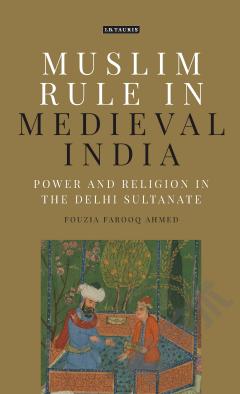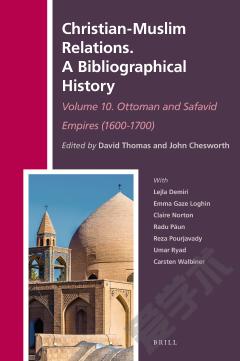Indian Sufism Since The Seventeenth Century —— Saints, Books, And Empires In The Muslim Deccan
----- 十七世纪以来的印度苏菲派
Sufism is often regarded as standing mystically aloof from its wider cultural settings. By turning this perspective on its head, Indian Sufism since the Seventeenth Century reveals the politics and poetry of Indian Sufism through the study of Islamic sainthood in the midst of a cosmopolitan Indian society comprising migrants, soldiers, litterateurs and princes. Placing the mystical traditions of Indian Islam within their cultural contexts, this interesting study focuses on the shrines of four Sufi saints in the neglected Deccan region and their changing roles under the rule of the Mughals, the Nizams of Haydarabad and, after 1948, the Indian nation. In particular Green studies the city of Awrangabad, examining the vibrant intellectual and cultural history of this city as part of the independent state of Haydarabad. He employs a combination of historical texts and anthropological fieldwork, which provide a fresh perspective on developments of devotional Islam in South Asia over the past three centuries, giving a fuller understanding of Sufism and Muslim saints in South Asia.
{{comment.content}}








 京公网安备 11010802027623号
京公网安备 11010802027623号